Originally published on Wine Enthuasiast
By Georgette Moger
Photo by Ben Scorah
The musky perfume of sea urchins (oursins, as they are called in France, or ricci, as they are known in Italy) can arouse a certain culinary provocation. This evocative echinoderm, whose edible parts are essentially its reproductive organs, has a reputation for being an aphrodisiac. Loaded with antioxidants and vitamins, the sweet orange meat of the sea urchin is as healthy as it is delicious.
It takes a delicate touch from a gloved hand to pull these treasures from the sea. With a slip of a small kitchen knife, the “lid” of the urchin pops off. The reward then reveals itself as a brilliant orange spread, with a texture like custard and an emphatically oceanic taste.
In Santa Barbara, sea urchin can be harvested year-round, though the prime season is November through February. West Coasters commonly savor uni neat as sashimi or sushi, or slather it on toast. It’s also great between strands of pasta, whipped into an omelet, or as part of an elevated guacamole.
One of the most rarefied uni offerings in Southern California comes from Niki Nakayama at her Los Angeles restaurant, n/naka.
“We use uni for both sushi and sashimi, but also as uni tempura, or steamed to create a custard,” she says. “I like to imagine using uni the way I use eggs—in a sauce, soft-poached with egg yolk and a frothy merengue.”
At n/naka, sommelier Jeffry Undiarto suggests pairing uni with Blanc de Blancs Champagne, Chablis or with a rich Junmai Daiginjo saké.
“Uni is such a prized delicacy because the yield from one urchin is so little—it only carries five lobes,” says Undiarto. “It’s something that has to be foraged for and is such a fragile ingredient. We source it from a local uni diver, Stephanie Mutz, who understands so deeply what a precious treasure it is.”
Mutz’s name comes up again at Connie & Ted’s, a West Hollywood restaurant where Sam Baxter, the executive chef, mixes uni into a feathery brunch omelet. Mutz harvests uni for at least two dozen restaurants between Los Angeles and Santa Barbara.
Photo by Ben Scorah
Mutz came to uni harvesting after she worked for 10 years as a marine biologist.
“I was trying to get my foot in the door teaching full-time,” says Mutz. “I spent half my days fishing, and half teaching. Unfortunately, the recession arrived shortly after I started teaching, and last one hired, first one fired—that was me.”
She took her fishing business full-time, partnering with commercial fisherman Harry Liquornik.
Mutz has urchin ink stains on her hands—an artist wearing the proof of her craft. “Catching and selling sea urchin directly to the consumer, where I know my product is being properly utilized, appreciated and not wasted, is the most honest job I have ever had, alongside teaching,” says Mutz, bedecked in miniature urchin earrings and a T-shirt emblazoned with the name of her urchin harvesting company, Sea Stephanie Fish.
Though touted as an aphrodisiac, Mutz says the sex life of the sea urchin is relatively vanilla.
“Broadcast spawning,” says Mutz, shaking her head glumly. “Completely unromantic. When the urchin are stressed or agitated, or receive a lunar cue, it instigates the male to sneeze sperm and the females spew eggs. The fertilized eggs become urchins after growing a shell out of calcium carbonate. There’s no afterglow, but it gets the job done.”
Uni can be equal parts delicacy and pest, but both humans and otters are doing wonders to control overpopulation. Scientists have observed certain red sea urchins specimens with lifespans in excess of 200 years. You’d likely think a massive urchin would provide a plethora of uni, but you may not find a lick of it inside.
“Unless the water conditions have been cold enough for kelp to grow, and in turn for urchins to feed off it, the lobes of the urchin shrivel up,” Mutz says. “Sometimes it’s just big shell, no cojones.”
On the sea, I sip Sancerre while Mutz descends to the depths to fetch our uni lunch, attached to a breathing hose fed to her by our captain, Liquornik. She is armed with a GoPro, gloved hands and a mesh bag.
“On a perfect day, there is no wind or swell with 100-foot visibility and a lot of 3- to 5- inch urchins that are loaded inside with delicious uni,” she says. “Then there are days of terrifying wind and currents, and I am hanging on to the bottom of the ocean for dear life, trying to keep from getting slammed into rocks with my bag of spiky urchin following.
“If things go wrong and I’m not prepared, it can start to snowball into more dangerous situations.”
We’re a bit limited in how to eat the urchins Mutz catches. There is no pasta, toast points or eggs. So I learn how best to savor sea urchins: straight from the shell, garnished only with a natural luge of seawater.


